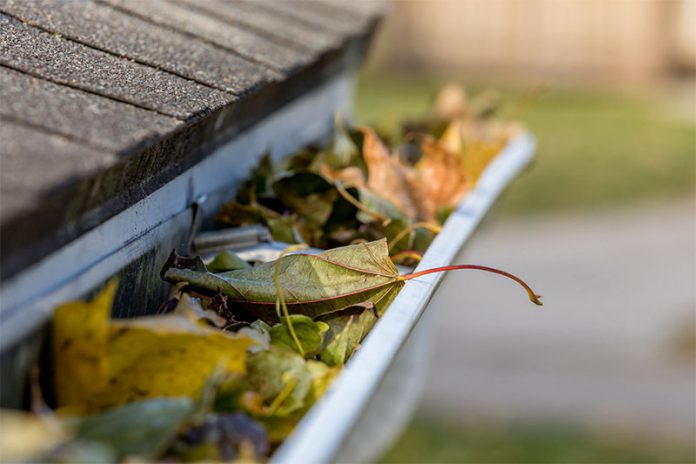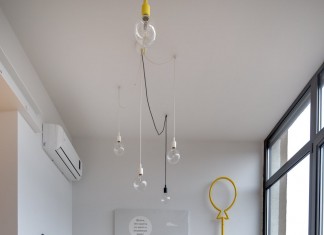Water damage in the home—no matter how extensive—always creates a massive financial and restorative burden upon you. Cleaning up the mess caused by burst pipes, leaking water heaters, or a hole in the roof is always costly and time-consuming. But there are a number of ways you can keep these problems to a minimum, or eliminate them altogether.
A conscious homeowner can protect against the threats of water damage with help of water damage restoration services, for a long-term strategy to prevent any further issues from developing into full-blown problems down the line.
Make sure to maintain your roof.
One primary entry point for water into the home is through the roof. It’s important to keep up a maintenance routine on any roof, but this is particularly important in areas that get heavy rain year-round. A simple water leak can easily develop into a major risk as more and more water seeps down through a leaky roof and into cross-beams, walls, and the foundation itself.
Getting up on the roof yourself to clean out the gutters once a year, noting any weather-beaten spots in the shingling, and replacing an old roof every 20 to 25 years are the surest ways to keep ceiling related leaks to a minimum, or preventing them altogether.
Pay attention to your electrical wiring
Any electrical switches that are present in your electrical wiring should always be insulated with switch seal boots. These simple switch-savers insulate electrical equipment from water damage by adding a rubberized seal atop the vulnerable components. It’s far cheaper to insulate your equipment once than to have to replace it altogether after it wears out from constant contact with moisture in the air or a major leak event.
Also, utilizing these simple protective items means that you won’t have to shoulder the burden of a day or longer without electricity while you attempt to remedy the solution. Plus you can protect yourself from the hazards associated with electricity and water in the same environment
Insulate your water heater
Water heaters are a significant source of moisture in garages and basements. They have a constant flow of water cycling through them and fluctuate in temperature as the level rises and falls with the use of hot water in the house. As such, water heaters are a potent source of unwanted moisture, leading to rust, condensation, and corrosion.
Typically, a poorly maintained water heater requires the assistance of a plumber, costing you even more to fix when they finally do fail. Utilize this water heater leaking guide to tackle the issues inherent to water heater caused damage in your basement.
Learn to short-circuit an overflowing toilet.
The toilet can be a tricky installation. Those without knowledge of the internal workings may be forced to stand by and watch helplessly as an overflowing toilet spews up contaminated water into your pristine bathroom. Learning to stop a toilet should be a high priority for any homeowner. Simply turn off the water supply, lift the lid, and fiddle with the lever in order to reset most toilet water-related issues.
Keep a careful watch on your water usage every month.
Keeping an eye on your water gauge is a good way to make sure you aren’t leaking water somewhere unexpected. A major source of water damage is in broken sprinkler pipes that go unchecked for weeks or months at a time. These ruptures can cause gallons of water to run out into underground spaces beneath your yard and home, creating pockets that threaten the foundation. Keeping an eye on your water meter to check for any unexpected surges in water use is a simple way to ensure that you haven’t sprung a leak that hasn’t shown itself yet.
Checking for leaks and water damage is an easy but often-overlooked task. Make sure to keep a handle on your home’s water to prevent any unnecessary damages that will cost you an arm and a leg to clean up.















